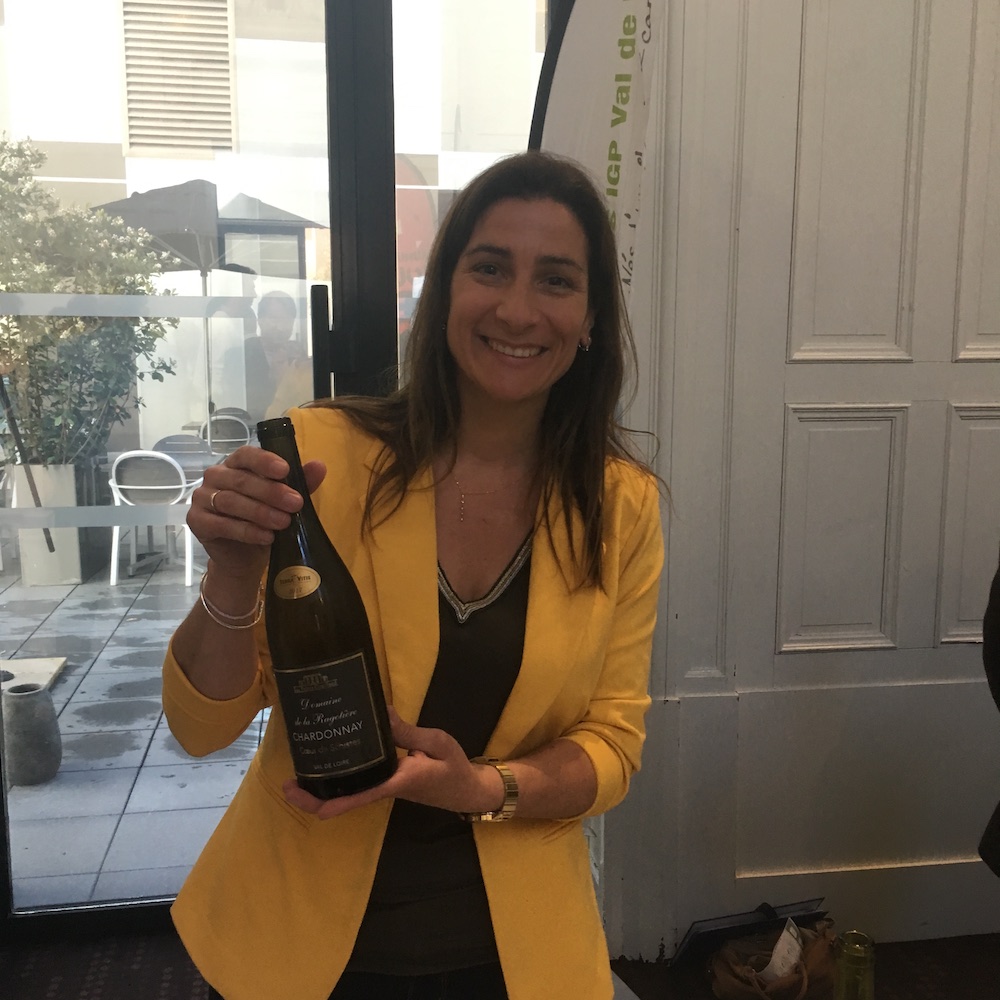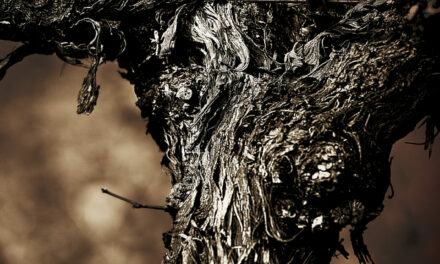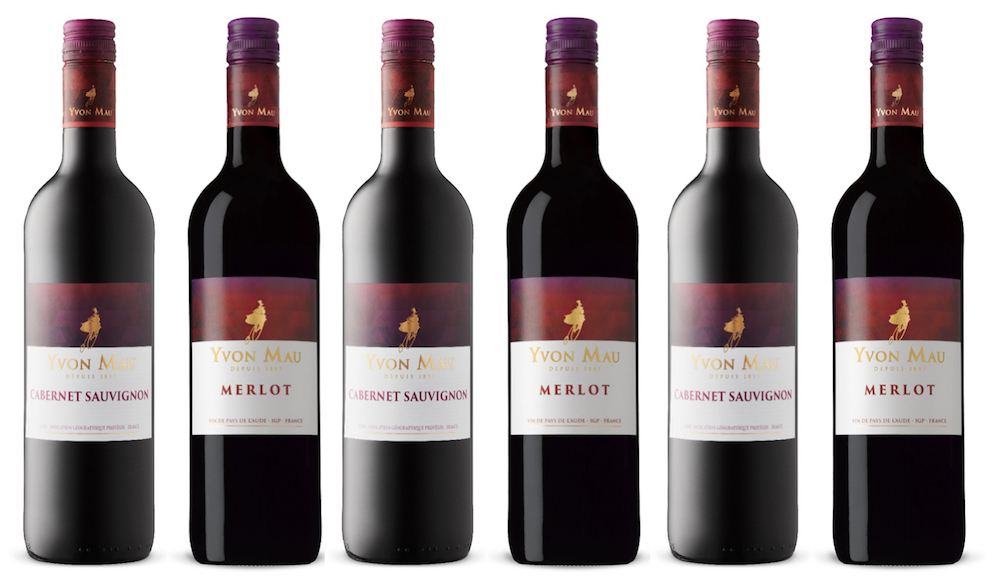Malcolm Jolley discovers a new secret from the heart of French cool climate wines.
I have spent the last few days in the western end of the Loire Valley, based in the port city of Nantes at the river’s mouth. I am a guest of Vins de Loire and have been tasting wines and meeting winemakers from the region from classic appellations like Muscadet Sèvre et Maine, Savennière, Saumur and Vouvray. Some of this experience has a matter of re-aquainting myself practices and traditions of the region, like resting white wines on their lees to bring out complexities, or the versatility of Chenin Blanc or pleasures of a well made, fruit forward Cabernet Franc. They have been making wine in this part of France for a long time, and with renown since the Middle Ages. Traditions run deep, and a big part of the appeal of coming here to see and taste how things are done comme il faut. So, I wasn’t much interested in a small item on my itinerary: a tasting of Loire Valley IGP Chardonnay. I thought, I came here to taste Melon de Bourgogne, Chenin and Sauvignon Blanc made in the classic way. Why would I be interested in tasting a wine made from the world’s most widely planted white wine grape?
Well, one reason to taste Chardonnay from the Loire is its climate. The Loire is France’s largest northern wine making region, and the wines here generally carry the hallmarks of cool climate wines: bright acidity and the ability to bring water to the mouth. And while the Loire Valley marketing people will happily explain that Chardonnay has been grown in the Loire since the Middle Ages, most of the Chardonnay for sale from the Loire is from vines planted in the great ‘international grape’ boom of the 1980’s and 90’s. That means the Chardonnay vines in the Loire are now over 20 years old, and often more than 30, and the wines the vignerons are making from them are really coming of age. Or so I thought as I moved down a tasting table of about a dozen producers yesterday morning.
Along the tasting line, as it were, I met Amélie Dugué-Couillaud (pictured above) pouring two of her family’s Domaine de la Ragotière Chardonnays from the heart of Muscadet country, southwest of Nantes at the confluence of the Sèvre and Main tributary rivers before they join the last stretch of the Loire before it meets the Atlantic Ocean. The Frères Couillaud planted their Chardonnay in 1987 and made a big bet on the grape at the time, so that the property grows more of it than Melon de Bourgogne, the traditional Muscadet grape. The gamble paid off, as far as I could taste, with a racy and lean, mineral and citrussy fruit, food-friendly wine. The Domaine is represented in Ontario by Artisanal Wine Imports.
Hers was typical of the others down the line, although different producers adopted different practices, depending on their soil and micro-climate conditions. Some went to maloactic fermentation, some didn’t. Some used a touch of new oak, or only old oak, or no oak. Tastes varied with practice, and while each wine was its own person, as it were, they definitely belonged to the same family (with no black sheep tasted).
It’s nearly 9:30 and the first tasting of the day is about to begin… So, I’ll leave it there. If you come across a Chardonnay from the Loire, don’t be put off by indigenous grape snobbery, they’re really worth a try.
This is one of several reports I have made from my trip to the Loire Valley, to see them all, please click here.








